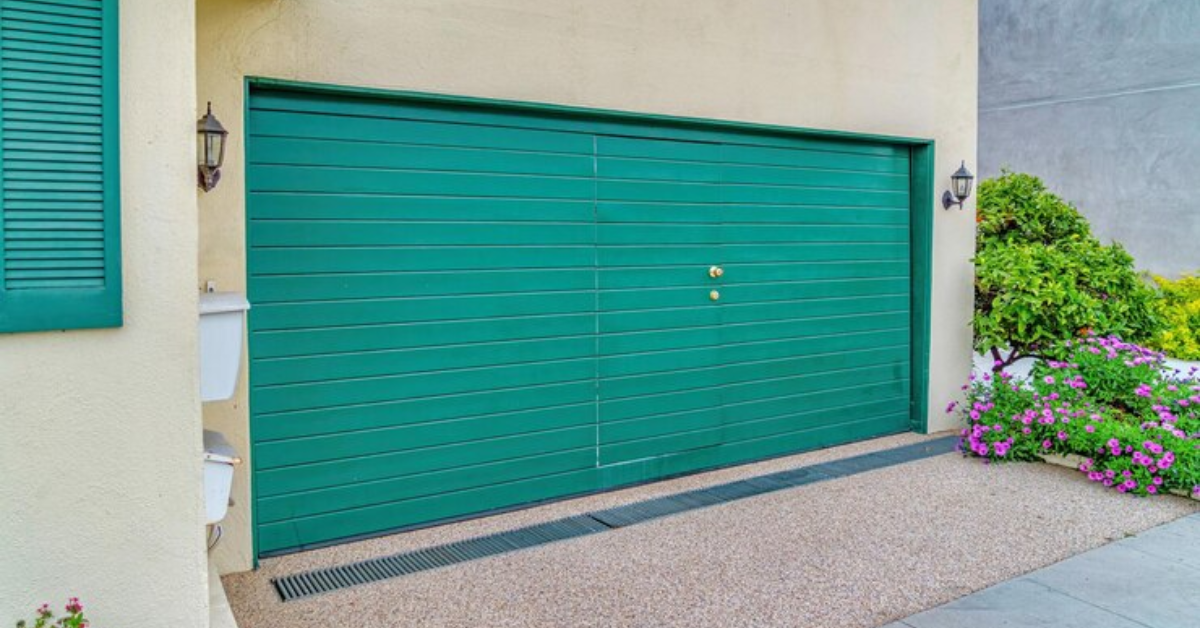Essential Tips for Preparing Your Garage Door for Fall
As the vibrant colors of autumn begin to appear, it’s essential to prepare your home for the colder months ahead. One often-overlooked area is the garage door. Preparing your garage door for fall not only ensures its smooth operation but also protects your home from energy loss, drafts, and potential repairs. Here’s a comprehensive guide to help you get your garage door ready for the season.
Inspect the Garage Door and Its Components
The first step in fall preparation is a thorough inspection of your garage door and its components. Check for any visible signs of wear and tear, such as cracks, rust, or loose hardware. Look for:
- Springs and Cables: Examine the springs and cables for signs of fraying or corrosion. These components are under high tension and should be serviced by a professional if they appear damaged.
- Rollers and Tracks: Inspect the rollers for wear and ensure the tracks are clean and free from debris that could obstruct the door’s movement.
- Panels: Check the garage door panels for cracks, dents, or peeling paint. Damaged panels can compromise insulation and aesthetics.
Lubricate Moving Parts
To ensure smooth operation and reduce wear on your garage door’s mechanical components, lubricate all moving parts. Apply a silicone-based lubricant to:
- Hinges
- Rollers
- Tracks
- Springs
This simple step prevents squeaks and ensures your garage door opens and closes efficiently during the colder months. Avoid using heavy grease, as it can attract dirt and create sticky buildup.
Test Weatherstripping
Weatherstripping plays a critical role in keeping out drafts, moisture, and pests. Inspect the weatherstripping along the bottom of the garage door and around its edges. If you notice cracks, gaps, or signs of wear, replace it promptly. This will not only help maintain a comfortable temperature in your garage but also reduce your energy bills.
Clean the Garage Door
Fall is an excellent time to give your garage door a good cleaning. Use a mild detergent and warm water to remove dirt, grime, and stains. Cleaning your garage door not only enhances its appearance but also prevents buildup that could lead to damage over time.
For metal doors, check for signs of rust, and touch up any areas with a rust-resistant paint. For wooden doors, inspect the finish and apply a fresh coat of weather-resistant sealant if necessary.
Check the Balance of the Door
An unbalanced garage door can put unnecessary strain on the opener and its components. To test the balance:
- Disconnect the garage door opener by pulling the release handle.
- Manually lift the door halfway and release it.
If the door stays in place, it’s balanced. If it moves up or down, the springs may need adjustment, which should be handled by a professional.
Inspect and Test the Garage Door Opener
Your garage door opener is vital for convenience and safety. Test it to ensure it’s functioning correctly by opening and closing the door a few times. Listen for unusual noises and check that the door operates smoothly.
Inspect the safety features of your opener, including:
- Auto-Reverse Function: Place a small object, like a block of wood, in the door’s path. The door should reverse direction upon contact.
- Photo-Eye Sensors: Ensure the sensors on either side of the door are clean and aligned. Test them by waving an object in their path while the door is closing—it should stop and reverse.
Improve Insulation
With temperatures dropping, ensuring your garage door is well-insulated is crucial. Insulated garage doors help maintain a stable temperature in your garage, protecting stored items and reducing energy loss.
If your door lacks proper insulation, consider upgrading to an insulated model or adding insulation panels. This investment pays off in increased comfort and lower utility costs.
Seal Any Gaps
Check the area where the garage door meets the ground. Gaps can let in cold air, water, and pests. If your weatherstripping is intact but there’s still a gap, consider installing a threshold seal on the garage floor.
Clear Leaves and Debris
Fall leaves can accumulate around your garage door, potentially clogging tracks and obstructing the door’s operation. Regularly sweep the area around your garage door and remove any debris that could interfere with its movement.
Schedule Professional Maintenance
While many of these tasks can be done yourself, scheduling a professional maintenance check in the fall is a smart move. A trained technician can identify and address potential issues before they turn into costly repairs. They can also ensure that your door’s components, like springs and cables, are in optimal condition.
Benefits of Preparing Your Garage Door for Fall
Taking the time to prepare your garage door for fall offers several benefits:
- Enhanced Longevity: Regular maintenance reduces wear and tear, extending the life of your garage door.
- Energy Efficiency: Proper insulation and weatherproofing keep your garage warm and lower heating costs.
- Peace of Mind: Knowing your garage door is in good condition gives you confidence it will operate reliably throughout the colder months.
Final Thoughts
Preparing your garage door for fall is a crucial part of seasonal home maintenance. By following these tips, you can prevent potential issues, save on energy costs, and ensure your garage door operates smoothly throughout the season. With a little effort, you can enjoy a trouble-free garage door and a cozy, well-protected home during the cooler months ahead.




